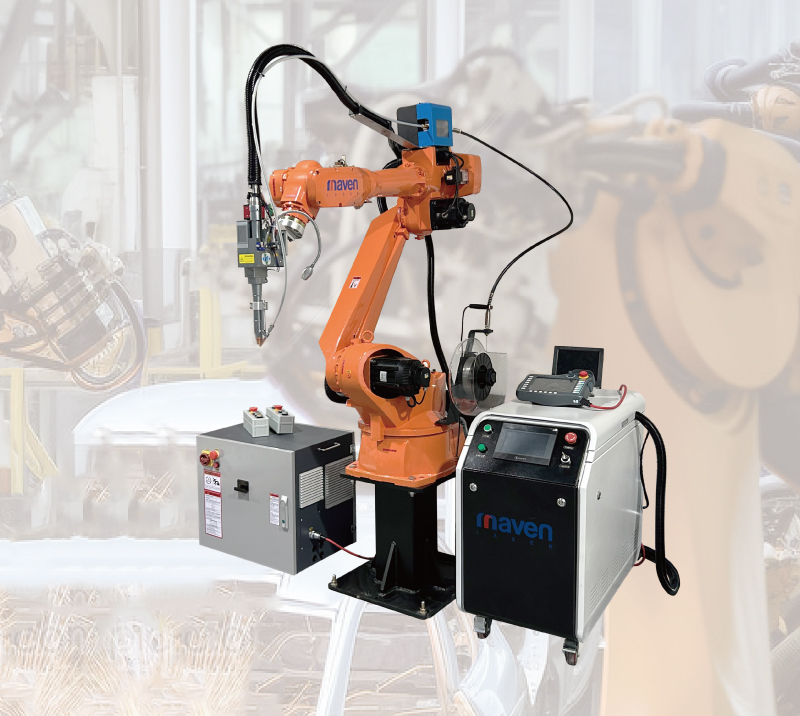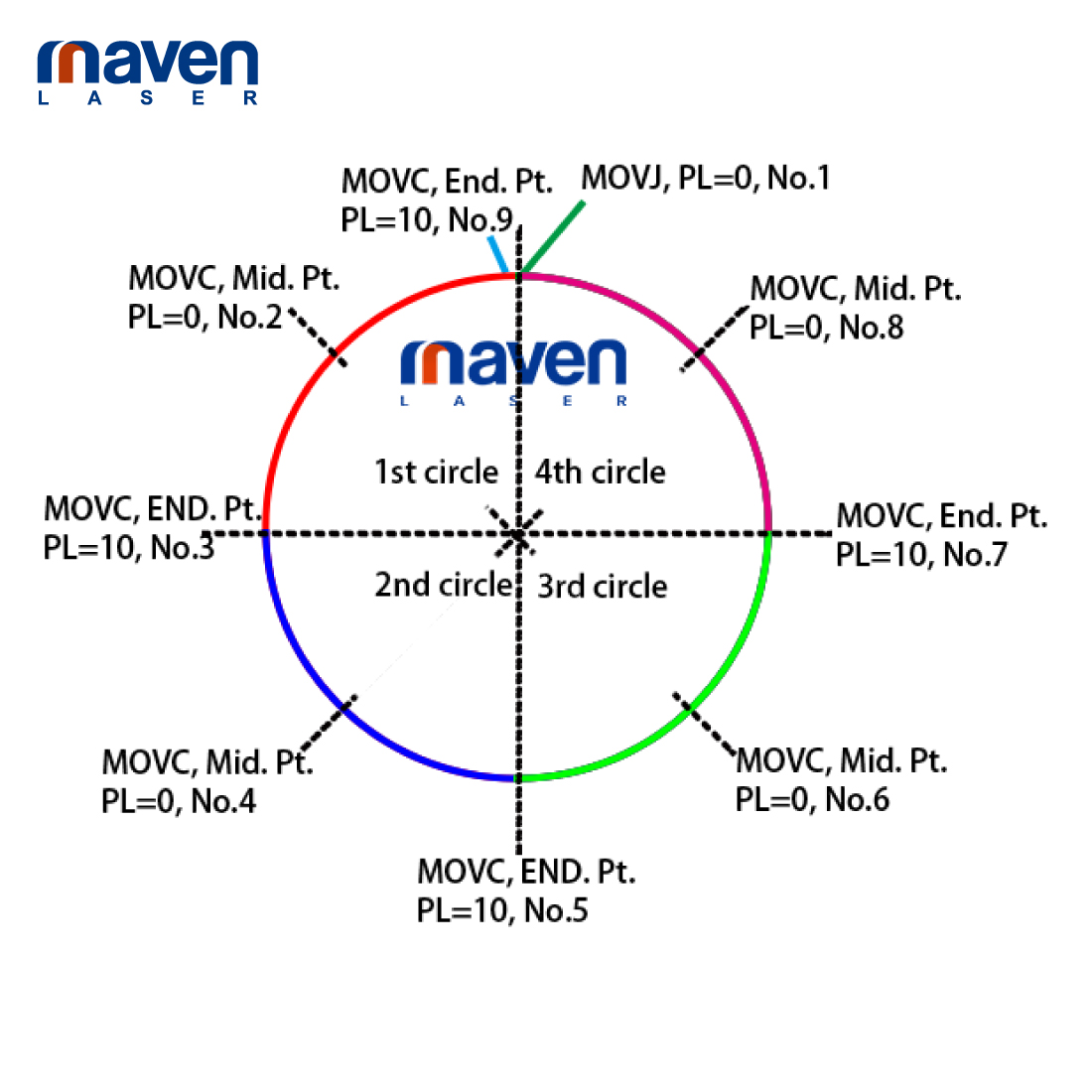Robotic fiber laser welding machines have changed the traditional welding industry with their precision, speed and efficiency. These machines use advanced fiber laser technology and usually have a six-axis robot arm to achieve a wide range of motion and flexibility. The latest developments in robotic fiber laser welding machines have made significant progress in the application of various industries and play a vital role in the modern production process.
The application of robotic fiber laser welding machines in modern production has brought about a scientific and systematic welding process. These machines are equipped with advanced control systems to ensure precise and consistent welding results. The integration of robotic arms further enhances the flexibility and accuracy of the welding process, making it possible to easily perform complex welds. Maven robotic fiber laser welding systems perfectly combine the advantages of automation and can be customized according to the customer’s processing product needs. This scientific welding method improves quality, productivity and reduces production costs in various manufacturing fields.
One of the key developments in the application of robotic fiber laser welding machines is their integration into automated production lines. By integrating these machines into robotic welding cells, manufacturers can achieve seamless and efficient welding operations. The ability of robotic arms to enter hard-to-reach areas and perform complex welds makes them invaluable in industries such as automotive, aerospace and electronics. This integration not only improves the overall quality of welded components, but also optimizes the production process, resulting in higher yields and shorter delivery times.
The versatility of robotic fiber laser welders has also led to their widespread adoption in modern production. These machines can weld a wide range of materials, including steel, aluminum, and even nonferrous metals, making them suitable for a wide range of applications. In addition, their ability to perform spot and seam welding further enhances their usefulness in different manufacturing processes. This versatility makes robotic fiber laser welders an integral part of meeting the demands of modern production, where flexibility and adaptability are essential.
Recent developments in robotic fiber laser welders have shown a significant increase in their use in modern production processes. Scientific welding methods combined with visual integration of mechanical welding systems improve the accuracy, efficiency, and flexibility of welding operations. The seamless integration of these machines into automated production lines, as well as their versatility in welding a wide range of materials, further solidifies their importance in modern manufacturing. As technology continues to advance, robotic fiber laser welders are expected to play an even more critical role in shaping the future of modern production welding.
Post time: Jul-04-2024










